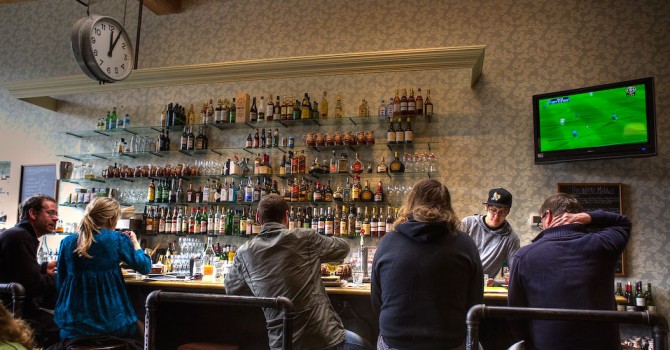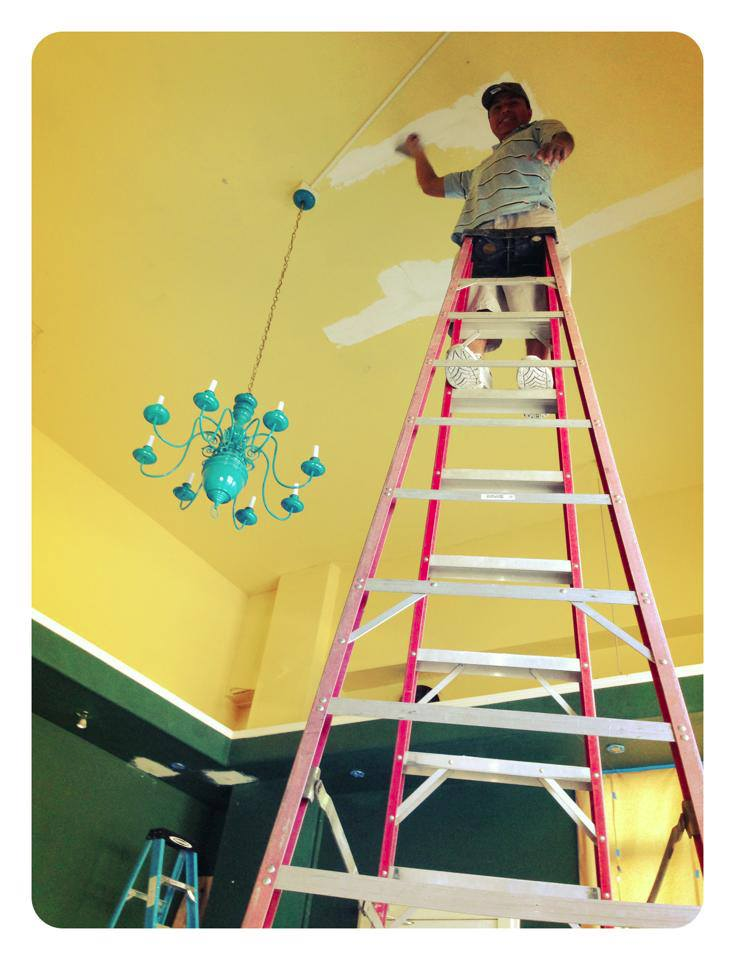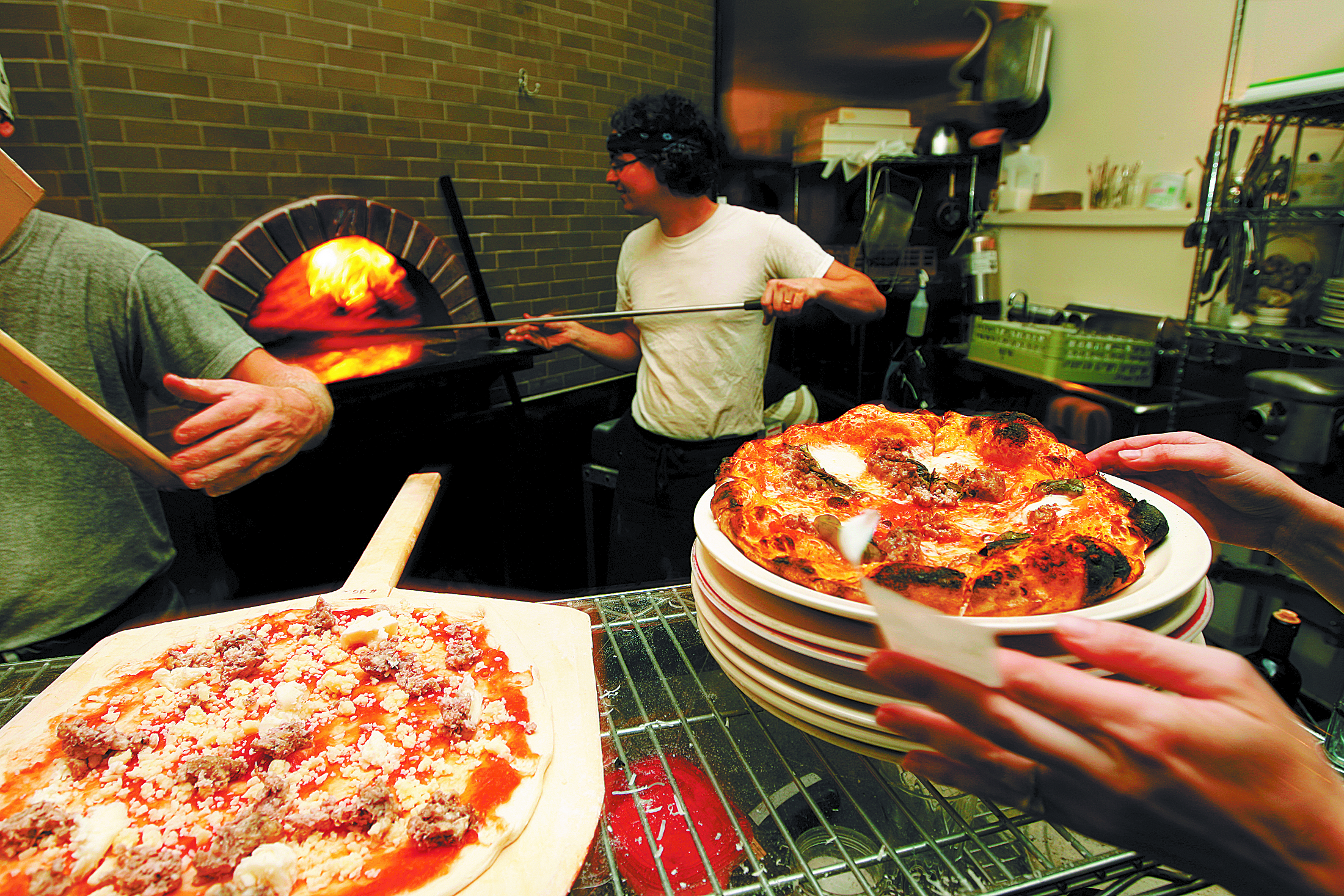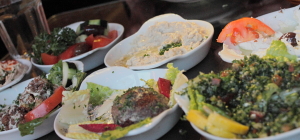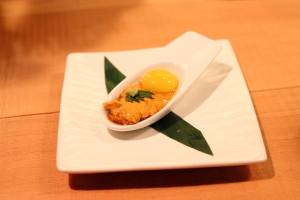Cheers and the 1980s had their bar, where everyone knew your name. By the ‘90s, Friends was meeting at Central Perk, cementing the coffeehouse’s spot as America’s third place. Most of the 2000’s whizzed by at The Office, which might be a sure sign that we all work too much. And now it’s 2013 and we most often meet our friends for a casual dinner at a great neighborhood restaurant—it’s only a matter of time until the characters in our new favorite sitcom are sipping a local rose while nibbling small plates of bacon-wrapped padron peppers. And Seattle–despite the absence of Michelin star-style cuisine, abundance of Reddit threads bemoaning the lack of good Mexican food, Chinese food, pizza, and the fact that San Francisco, New York, L.A., or Vancouver can do so many things better–is rich with great neighborhood restaurants.
In a 2012 study, MCNG (a marketing firm) found that 80 percent of restaurant decisions were driven by how convenient the location was, but the definition of a neighborhood restaurant is more than just location; it’s community. It’s the fact that you can collapse at the Cafe Presse bar, locked out of your house, and take up residence for a few hours, even if the service is as icy as the cubes in your glass of Lillet. It’s Kosta, the owner of Varlamos Pizzeria, picking up a conversation about Husky football with a returning college kid in June and not missing a beat from where they left off in September. Sure, it helps that the college kid probably missed the football-sized calzones as much as the conversations (or his parents), but that’s the thing about neighborhood restaurants: sometimes you think you’re there for the food, but that community sneaks up on you.
Of course, there’s a threshold of how good the food must be to be a great neighborhood restaurant. Nobody’s going to give a second chance to the place dishing up the shoe-leather steak or limp lettuce, but having the best food in town doesn’t automatically qualify a place. The great neighborhood restaurant is about consistency and affordability. I know that my schwarma from Mr. Gyro is going to be exactly the same from one night to the next—and I can count on the entertaining gentlemen behind the counter to remember my usual order as I hand over my ten-dollar bill and take the change (and speaking of sitcoms, someone should get those guys one—they’re hilarious). I know what to expect, and that’s comforting.
Comfort and comfort food play a huge role. Considering its role as the surrogate kitchen for the modern American, the great neighborhood restaurant needs to serve you the food that cheers you up when you’re down (perhaps the lemon pizza at West Seattle’s La Rustica?), and the drinks to celebrate with.
At the moment you might be bemoaning the dearth of Burmese tea-leaf salad in town (or maybe that’s just me), or eyeing Richmond, B.C.’s plethora of first-rate dim sum (again, possibly just me). But I’d be willing to bet that someday, when you’re far from Seattle, you’ll have the same feelings about Presse’s salads, Varlamos’ calzones, Mr. Gyro’s schwarma, and La Rustica’s snappily-bright lemon pizza—or whatever your favorite dish at your great neighborhood restaurant may be.
